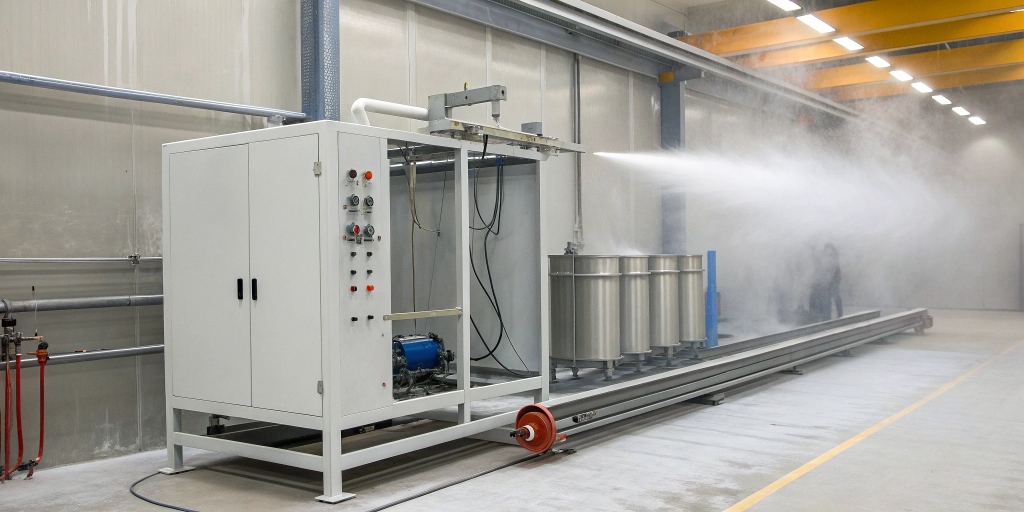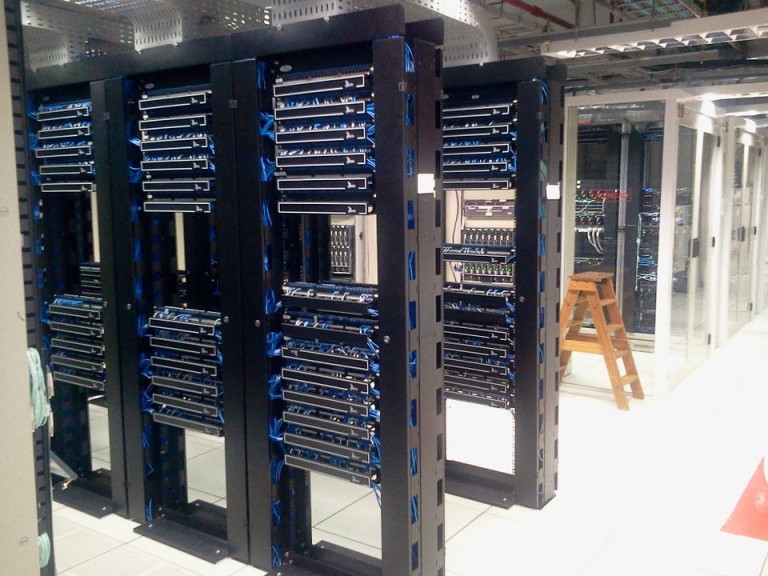Quality finishing work depends on more than just skilled application or top-tier equipment—it’s also shaped by environmental factors. One of the most important yet often underestimated is humidity control. In a powder coating setup, the right moisture balance can make the difference between a flawless surface and one riddled with imperfections.
Stable Curing Performance Through Regulated Booth Moisture Levels
A controlled level of humidity inside the curing booth allows a powder coating machine to operate at peak consistency. Too much or too little moisture in the air can disrupt how heat and airflow interact with the coating, potentially altering curing times or causing uneven finishes. Regulated booth humidity ensures the powder melts and bonds to the substrate exactly as intended.
By keeping moisture levels stable, operators reduce the risk of warping, discoloration, or texture changes that sometimes occur during curing. This consistency helps produce the same high-quality finish from batch to batch, whether working on small parts or large-scale components. Over time, it also reduces the number of rejected pieces, saving both time and materials.
Reduced Powder Clumping During Application with Balanced Humidity
Balanced humidity plays a critical role during powder application. Without it, fine powder particles can attract moisture, clump together, and clog the application gun. This can lead to an uneven spray pattern, wasted powder, and additional downtime for cleaning equipment. Keeping the environment at the correct humidity prevents this problem before it starts. Operators using a powder coating machine in a balanced-humidity workspace experience smoother, more predictable spraying performance. The powder flows freely, distributes evenly, and settles onto the substrate in a uniform layer. This not only improves the appearance of the finish but also strengthens adhesion, making the coating last longer in real-world conditions.
Consistent Electrostatic Charge Retention for Uniform Coverage
Powder coating relies heavily on electrostatic charge to attract powder particles to the workpiece. High or low humidity can interfere with this charge, causing it to dissipate too quickly or making it unstable. Controlled humidity keeps the electrostatic field consistent, ensuring every pass of the application gun delivers a uniform coating.
In practice, this means fewer thin spots and less over-application, which saves powder and improves the efficiency of the coating process. The right moisture balance helps a powder coating machine maintain steady output, so operators can achieve perfect coverage without multiple passes or reapplication.
Prevention of Surface Defects Caused by Ambient Moisture Swings
Rapid changes in ambient humidity can lead to surface defects such as pinholes, blisters, or fisheyes in the final finish. These issues happen when moisture becomes trapped beneath the powder layer and then expands or evaporates during curing. Even the most advanced powder coating machine can’t fully compensate for these environmental swings. By stabilizing humidity levels in the workspace, these defects are largely eliminated. The powder has a chance to bond and cure cleanly, leaving a smooth, uninterrupted surface. This approach not only enhances appearance but also extends the durability of the coating in outdoor or high-use environments.
Extended Powder Shelf Life in Controlled Storage Conditions
Powder material is highly sensitive to moisture, even before it’s applied. If stored in a humid environment, powder can clump, lose its flowability, or partially cure inside the container. Maintaining a controlled humidity level in storage areas ensures the powder remains free-flowing and ready for use when needed.
A powder coating machine is only as effective as the material it applies. By protecting powder from moisture damage in storage, facilities maintain consistent quality from the first to the last batch of a container. This also reduces waste, as fewer supplies are discarded due to premature degradation.
Improved Adhesion Strength from Optimized Curing Environment
Adhesion is critical to coating performance. If the powder does not properly bond to the substrate during curing, the finish may peel, chip, or wear prematurely. Controlled humidity helps create the ideal conditions for powder to fuse tightly to the surface, improving long-term durability.
An optimized curing environment benefits all kinds of workpieces, from intricate metal parts to large fabricated assemblies. It ensures that the heat, airflow, and surface preparation all work together to deliver a strong bond. This reliability is key for industries where coated components face heavy use or exposure to harsh conditions.
Minimized Rework by Avoiding Condensation-related Coating Flaws
Condensation is a hidden hazard in powder coating facilities, particularly in climates where temperature and humidity can change quickly. Moisture that forms on the surface of a workpiece before coating can lead to adhesion problems, surface bubbling, or other visible flaws after curing. These issues often require sanding and recoating—both time-consuming and costly.
Keeping the coating area’s humidity in check prevents condensation from forming in the first place. This proactive measure allows a powder coating machine to operate efficiently without frequent interruptions for quality corrections. It also ensures that the first pass of the coating process produces a finish that meets both visual and performance standards.






+ There are no comments
Add yours